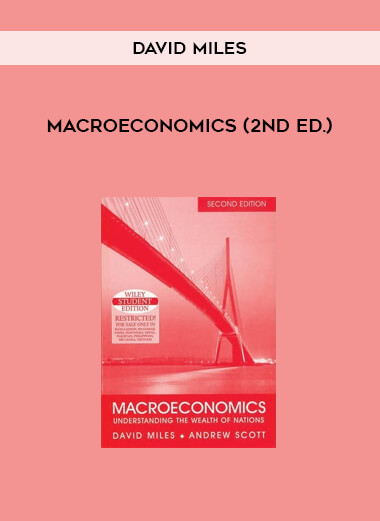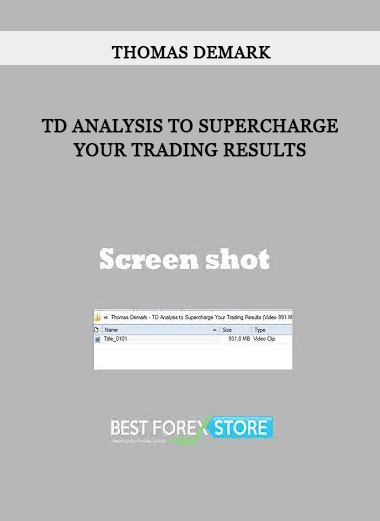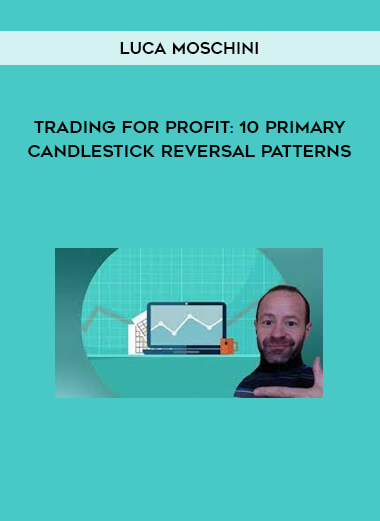Courses Infomation
Macroeconomics (2nd Ed.) by David Miles
 Macroeconomics (2nd Ed.) by David Miles
Macroeconomics (2nd Ed.) by David Miles
**More information:
Description
Updated and revised version of a popular macroeconomics textbook. Miles and Scott tackle complex problems using cutting-edge economic theory in a way that is understandable to anybody taking a single macroeconomics course. In order to provide readers a solid knowledge of the global economy and how economists think about it, they start with real-world economic challenges and explain why they important before moving on to economic theory. This new version includes fresh content on important subjects including globalization, aid and debt relief, and transition economies. It has been entirely edited and updated with the most recent statistics.
ADVANCE MANAGEMENT, DECEMBER 2001
“..a desperately needed textbook to keep them interested…
a fantastic method to become serious about economics without getting bogged down in math.”
Economic Outlook and Business Review, Volume 1, March 2002, Issue 17, Page 1.
A unique and captivating macroeconomics text. Any higher education student or economics instructor will find this self-contained volume to be of great value.
STATED ON THE BACK COVER
Why is one country’s level of life so much greater than another? Why does money occasionally move so quickly in and out of a nation, leaving the exchange rate in its wake? If ever, when should governments borrow money to pay for spending? What is the relationship between the stock market’s high volatility and interest rates?
Miles and Scott’s Macroeconomics: Understanding the Wealth of Nations, Second Edition, which has a heavy emphasis on global commerce, investigates exciting real-world economic situations, explains why they are important, and utilizes them as a launching point for more advanced economic theory. You may gain a thorough grasp of the global economy and how economists think about it thanks to the writers’ clear and accessible presentation of technical content throughout.
FEATURES: Revisions and addition of recent economic information
contains fresh content on important issues including globalization, assistance, debt relief, and transition economies.
provides a distinctive fusion of real-world situations, technical depth, and an international viewpoint.
presents a broad range of subjects while utilizing a lot of recent and historical data
analyzes currency rates and international financial markets in depth and focuses on the global economy.
Students studying business and economics in particular will benefit from this work, as would individuals who wish to grasp macroeconomics but are not looking to specialize.
Trading Education
What then is trading?
Transferring products or services from one person or organization to another includes trade, sometimes done in return for cash.
A system or network that permits trading is referred to as a market by economists.
Bartering was a primitive type of trade in which commodities and services were directly exchanged for other goods and services.
Barter is the practice of exchanging goods without using cash. Precious metals developed symbolic and practical significance when either bartering party began to include them. [Reference required] Nowadays, most commercial agreements are reached using a means of exchange, like money. As a consequence, selling or earning may be distinguished from purchasing. Trade was immensely facilitated and facilitated by the creation of money (and later of credit, paper money, and non-physical money).
Bilateral trade is trade between two traders, whereas multilateral commerce is trade involving more than two dealers.
Salepage : Macroeconomics (2nd Ed.) by David Miles
































Reviews
There are no reviews yet.